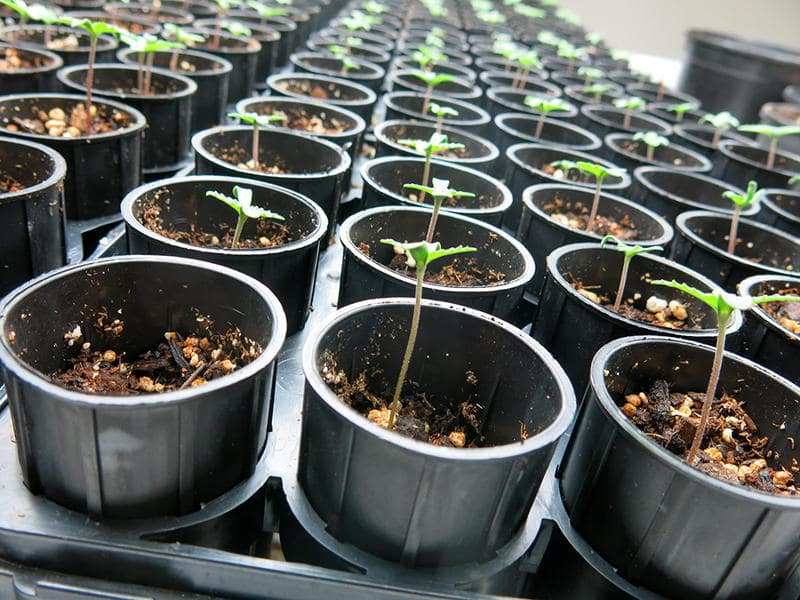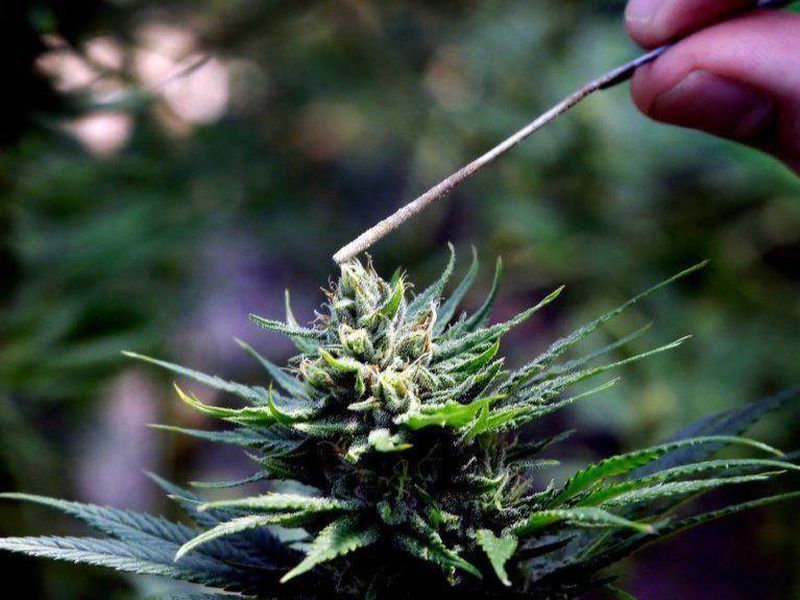Growing Industrial Hemp

Or else called Hemp, hemp is a commercial fiber. Specified in various ways depending upon which nation you remain in. Most countries check out THC < 1% to be a non-drug kind of hemp (hemp for substance abuse is generally over 10% THC). Cigarette smoking hemp is more probable to generate a frustration than anything else! There are a variety of well-known uses for hemp; today we will be taking a look at exactly how to farm this plant legally.
Non Hazardous Agriculture
Hemp growing shares a lot of the attributes of hemp cultivation. Hemp as well as hemp grow and also look the same way. Hemp calls for no pesticides or herbicides to grow efficiently In contrast to cotton, this is essential, as cotton plants have 24% of the globe’s chemicals sprayed on them, but cotton just has a 2.4% worldwide market share!
Yields
The plant has to be expanded in well-fertilised dirt for an excellent return. Hemp is versatile enough to grow in various dirt types however expands best in sandier soils. Like many plants, the far better the dirt, the higher the return. Similar to all plants, nourishment is gained from the dirt in which the plant grows. Some think this is what protected against hemp from remaining a mainstream plant. Mono-cultured hemp plantations can just be sustained by the enhancement of chemicals.
Industrial hemp is excellent consequently, in plant turning farming where a lasting permaculture is developed. With a large tap root, hemp has the ability to remove nutrients from deep within the dirt. As the plants blossom and also are gathered, dropping leaves mulch into useful nourishment to keep the soil healthy and balanced. The return from a hectare of the plant remains in the area of 9 tons of fibre in <100 days and 2 tons of seed in < 120 days! Using top quality seeds and also planting with the appropriate spacing is the very best way to guarantee an ideal return. Latitude is a vital variable to take into consideration when choosing seed selection. Before planting the first plant, the problem of the existing soil ought to be analyzed.
Gathering
Identifying harvest will depend upon either the maturation of the seed or the degree of defoliation. Combine farmers are the normal technique of gathering seed from the crop whereas fibre is mowed/cut. Harvest timing can be influenced by the hemp variety and also the sort of plant needed. Alternate harvesting techniques include;

Baling
The crop is gathered complete as well as baled on-site all set for the pulping process. For fiber and also hurd/shiv production, the Hemp stalk should be accumulated full.
Retting
This is a naturally organic process where the hurd/shiv is separated from the fiber. It is essential to obtain a good ret because it plays a vital part in fibre high quality as well as assists in processing. Retting can be accomplished with various approaches;
Dew retting
Water Retting
Chemical Retting
Crailar Enzyme retting
Depending upon the technique used it takes in between 1 and also 5 weeks to finish hemp retting. Attaining a good yield as well as premium quality hemp fiber depends on timing the retting correctly. Before baling and storage space, the windrows ought to be transformed to make sure that the retting is even throughout the crop. Before baling and also storage space, the windrows ought to be turned to make sure that the retting is even throughout the plant. A chaffer with filter utilized in-field will create about a 25% cross contamination of the hurd/fibre mix.
Decortication
Splitting up of the fiber from the hurd is called decortication and also generally needs a considerable building. To be profitable, a decortication center needs to achieve high throughput; such plants cost around $10 to construct. Worldwide today there are just 10 significant decortication facilities. MDF production likewise requires a disk refiner. Textile production will normally need scotching, hackling and also brushing.
Harvesting Operations
Where the plant is to be made use of for fabric manufacture, the stalks should be cut in the very early blooming stage (before the seeds set), or if man, in the cross-pollinating stage. Considerable lignification happens in post-seed production plant fiber and also leads to hemp that can only be used in industrial non-woven applications. Significant lignification takes place in post-seed manufacturing plant fiber and also causes hemp that can only be utilized in commercial non-woven applications. Reduced returns will arise from stalks cut after seed maturity.
Seed plants are collected with an integrate harvester operating at broadband, which is changed to reduce the top of the plant and thresh the preserved seed heads. During the harvest, a narrowed chopper can be utilized to lower obstructions. Integrate farmers can be standard or axial flow; both appropriate for hemp harvests. The remaining stalks standing in the area are left to completely dry completely, are cut, cut for length and after that pushed into bundles.
Check out their page for more avid hemp cbd reviews.




